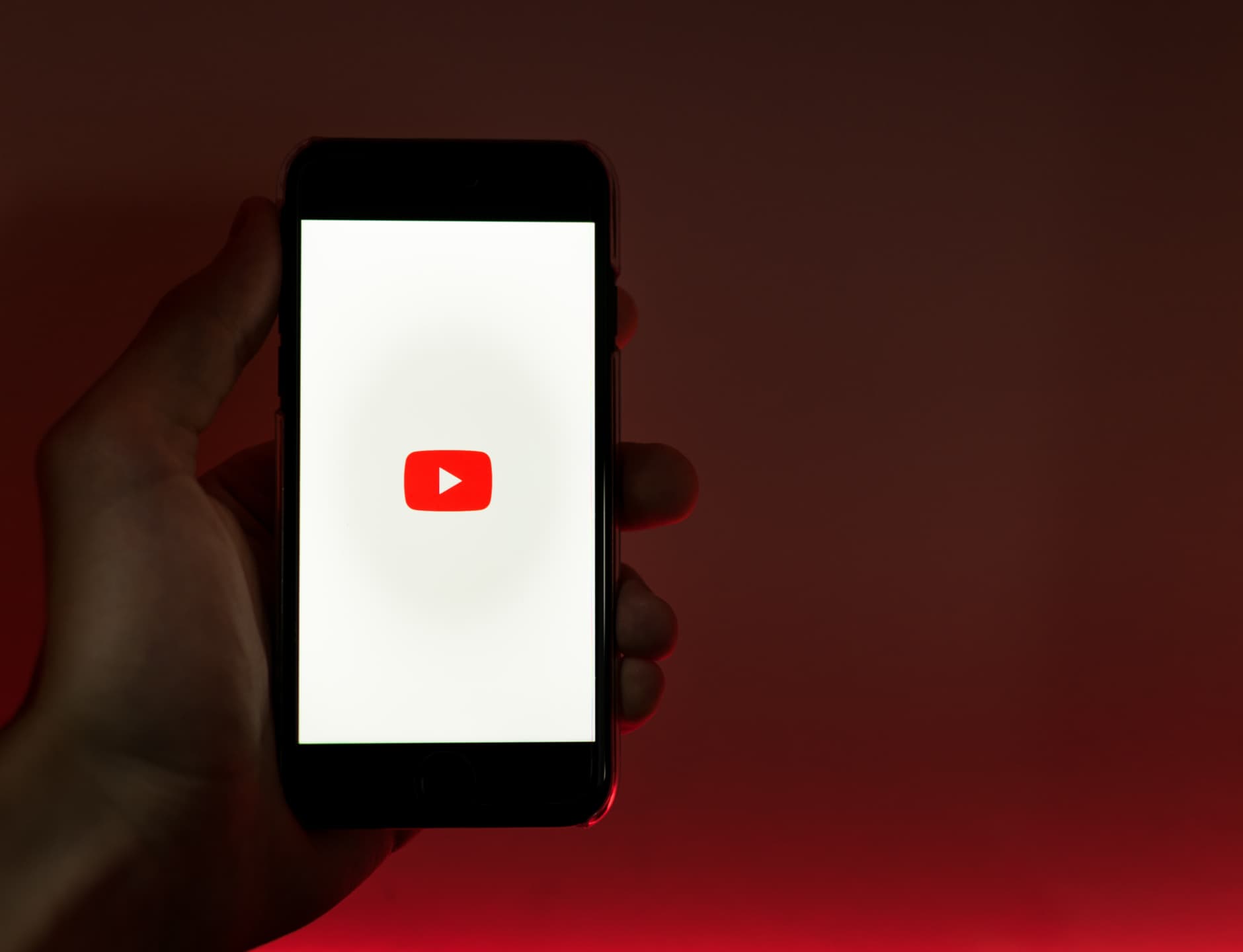Though most established creators rely on sponsorships as part of their income, many could make their partnerships with brands more productive.
Charles Haynes, Managing Director of YouTube talent management company Ziggurat XYZ, shares his experience partnering with brands on behalf of his clients. He reveals the best ways to get in front of the right brands, overcome common challenges, and work outside the typical sponsorship model.
Q: How is the typical YouTube sponsorship model structured?
Haynes: Most sponsored content deals come in from a brand or agency. We refer to these as incoming opportunities.
The brand’s marketing team gets in touch with the campaign timeline, deliverables, and other details. They provide marketing points for the creator to hit, then ask the creator if they’re interested in taking on the sponsorship. These deals typically look like ad spots—discrete video sections dedicated to promoting the brand.
About 90 percent of our clients’ partnerships follow this model. There’s usually little freedom for discussion or negotiation in this structure, except for pricing or go-live date.
Any bespoke or integrated sponsorship—like basing an entire video around a sponsorship—requires a more in-depth discussion. Those deals are higher stakes and less formulaic than a traditional sponsorship. They require more sophisticated positioning and teamwork between the brand and the creator.
Q: How can creators balance making authentic content with making money?
Haynes: Brands consistently want to work with creators who express authority, skill, and expertise in their videos. They generally generate solid conversion rates and positive brand sentiment.
Delivering advertising messaging professionally and enjoying the process produces better ads, generating more revenue for the brand. This turns into a renewal offer for the creator, and other brands see renewals as a sign of success. If a creator doesn’t have regular renewal offers, other brands may assume that the creator can’t deliver a return.
Some creators see working with brands as a “necessary evil” and a means for funding the content. I recommend that creators not begrudge working with brands and instead see it as one of the services they provide.
Many of our most successful clients see sponsorships as a way to fund potential projects and new ways of being creative.
Q: How have your clients used sponsorships to be creative?
Haynes: Rainfall Projects, a former client, used to craft something related to the brand for every ad spot. He even welded a coffee pot for a partnership with Trade Coffee.
James Hoffmann is at a point in his development where he’s looking for brand opportunities that interest and excite him. He sees sponsorships as a chance to achieve his goals. He first thinks about his list of content ideas, then asks how a third party could help make these ideas happen. That’s how we approach most of our brand discussions on his behalf.
Q: What are some of your clients’ biggest challenges when forming high-quality partnerships?
Haynes: Since our clients are based worldwide, we often see the difficulties geography can create. Many brands with the largest budgets are based in the United States, and these companies treat the US as a large, single territory where one campaign can apply to the entire country.
When companies split their marketing and advertising budgets by country, some countries can end up with fairly small budgets that don’t translate to many creators’ multinational audiences.
For example, the EU is a larger market than the US, but most companies split budgets by country because of cultural, language, and other differences.
Even though these brands can afford more dedicated videos and projects, many still have a conservative idea of who should represent their brand. They see a US creator as their ideal spokesperson. Brands sometimes reject non-US creators because of this—even if their demographics and content seem like a perfect fit.
Q: How do you help guide creators through this challenge if they’re based outside the US?
Haynes: If a multinational company has split its budget by country, you may face a closed door. If you reside outside the US, the US office may say they can’t spend their budget on you.
For example, some companies say, “You need to increase your audience’s US demographic” or “We can’t ship our product to your country.”
Sometimes it’s not possible to combat these kinds of responses. I still encourage creators to work with these companies, just in a different way.
For example, if you live in the United Kingdom and can’t work with a brand’s US office, build a good reputation with its UK office instead. Create content that will get noticed and shared within the company. Eventually, this can end up leading to higher-paying deals with that brand.
Ultimately, if your content’s impact exceeds expectations, you may get noticed by other people who work for that brand or by similar brands. If a brand is worth working with, they should be able to appreciate the impact you can deliver irrespective of territory. This approach taps into the type of creativity that YouTube can provide.
Many brands don’t fully understand that yet, so sometimes you have to find champions within a company to work on your behalf.
Q: What should creators consider when working with a brand?
Haynes: Creators should remember that brands often focus on risk, which is why you see a lot of highly scripted sponsored content that serves as an ad spot.
Projecting key metrics like Cost Per Mille (CPM) or Cost Per View (CPV) is challenging, so brands want to control as many other variables as possible. If the YouTube creator works from a script, then the brand’s marketing team can say that they got precise messaging out of the ad—no matter what the conversion rate was.
Don’t be surprised when the brand pushes for control. That doesn’t mean you should give it up, but not every deal will be a win-win.
Q: How can creators take a more active role in their partnerships with brands?
Haynes: If you want to work with a brand in a more integrated or bespoke way, approach it by thinking about what both parties want out of the partnership. If they’re open to it, you can create highly curated, creative content for them.
In return, they get a bargain. When they work with a creator in this highly customized way, they’re not paying for an ad agency or another agency that does all the paid placement. Instead, they get the whole package for one fee. In that package, they get someone who:
- Creates the content
- Makes the integration look organic and authentic
- Puts it in front of the right audience
That’s the true value that a YouTube creator can provide brands.
If you approach your brand relationships from that perspective, you may be able to develop closer, more productive partnerships long term. This should also mean getting paid appropriately for the value you provide.
Boost your income with stronger partnerships
Earning more income starts with finding the right brand partners. By joining the impact.com Marketplace, you can:
- Find brands that align with your channel’s values
- Manage your partnerships and communications in one place
- Receive data-driven program recommendations
- Create deal structures that align value with payout
Want to start earning more with better partnerships? Join the impact.com Marketplace today.
Note: Ziggurat XYZ and Fiverr aren’t users of impact.com. This interview was provided for informational purposes only.






